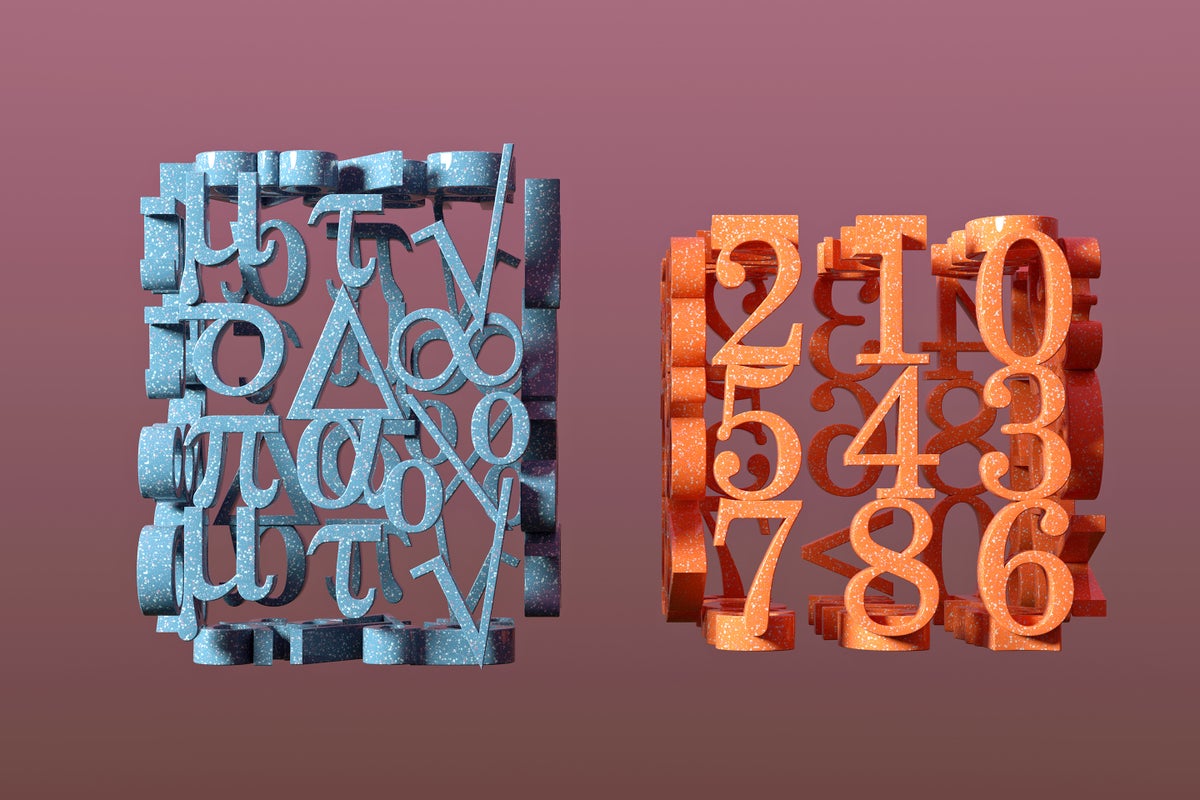Math Breakthroughs from Behind Bars
People in prisons and jails have contributed to some of the greatest ideas in mathematics
In 2014 Mura Yakerson, a college student at the time, decided to practice driving in a quiet area in the countryside near Saint Petersburg, Russia. Then something went wrong. While she was pulling out of a parking space, Yakerson accidentally damaged another car. This incident turned out to be the beginning of a nightmare.
Because she drove away from the scene, unaware that she had hit another vehicle, a judge later charged Yakerson with leaving the place of an accident and then gave her the choice between a one-year driving ban or three days in jail. Yakerson chose incarceration. She thought that, away from distractions, she could devote herself to understanding a challenging paper by mathematician Marc Levine of the University of Duisburg-Essen in Germany.
If you’re enjoying this article, consider supporting our award-winning journalism by subscribing. By purchasing a subscription you are helping to ensure the future of impactful stories about the discoveries and ideas shaping our world today.
Yakerson is not alone. Several renowned mathematicians gained invaluable experience despite the challenges of incarceration. As the ancient Greek philosopher and historian Plutarch noted while describing the accomplishments of the scholar Anaxagoras, “There is no place that can take away the happiness of man, nor yet his virtue or wisdom.”
In the fifth century B.C.E., Greek philosopher Anaxagoras refused to recognize the sun as a deity. Instead he declared that the moon shines because it reflects the sun’s light and that the moon and sun were objects, not gods. These statements were heretical in Athens, where Anaxagoras lived.
Exactly what happened next is still somewhat up for debate, but Plutarch records that Anaxagoras was imprisoned. Records suggest he only escaped the death penalty because of his close relationship with Pericles, an important Athenian statesman. To pass the time in prison, Anaxagoras attempted to construct a square with the same area as a circle. He tackled this feat, “squaring a circle,” with nothing more than a string, an unmarked ruler and a pencil.
Ultimately, he failed. Despite his success in theoretical astronomy, this particular task was doomed from the start. More than 2,000 years later, other scholars would determine that it couldn’t be any other way. In the 19th century mathematicians discovered that squaring the circle with only a ruler and compass is impossible. This proof was itself made possible by a mathematical theory developed by Évariste Galois, who, incidentally, was also imprisoned in his lifetime, in his case for proposing a toast to the death of the French king.
Hungarian-born Tibor Radó began studying engineering in the early 20th century but was forced to abandon his studies shortly after the outbreak of World War I. He served as a soldier on the Russian front and ended up in a Siberian prisoner of war camp in 1916.
There he met Austrian mathematician Eduard Helly, who was also imprisoned. In the years that followed, Helly introduced the inquisitive Radó to the fundamentals of mathematical research. During the riots caused by Russia’s White Army in 1919, Radó managed to escape from the prison camp and fight his way through Siberia on foot. The young man traveled more than 1,000 kilometers to his homeland of Hungary, which he finally reached in 1920.
There he resumed his studies—this time, however, he chose mathematics, inspired by Helly, with whom he maintained close contact until Helly’s death in 1943. Throughout his career, Radó explored the limits of mathematics. He succeeded in constructing numbers and functions that are “uncomputable,” or beyond the reach of even the most powerful supercomputers.
As geopolitical tensions increased worldwide in the 1930s, mathematician André Weil, a committed pacifist, sought to avoid French military service and emigrated to the U.S. Weil was on a research trip to Finland when World War II broke out in 1939. Shortly thereafter, he was arrested on suspicion of espionage after Finnish authorities found suspicious writings in his possession.
“The manuscripts they found appeared suspicious—like those of Sophus Lie, arrested on charges of spying in Paris, in 1870,” Weil later recalled. The authorities also uncovered rolls of paper, which Weil reported as the text of a novel by Honoré de Balzac, a letter in Russian and calling cards that displayed a pseudonymous name used by Weil and other French mathematicians.
Fortunately, renowned Finnish mathematician Rolf Nevanlinna was able to convince the authorities to deport Weil to Sweden. From there, he was extradited via the U.K. to France, where he was imprisoned again for evading military service. While imprisoned in Rouen, France, Weil developed one of the most ambitious programs in mathematics, which experts are still working on today: a kind of Rosetta stone connecting seemingly disparate fields (number theory, algebra and geometry).
These four are just a few of many examples of imprisoned people who made important discoveries for the field or encountered mathematical concepts that would set their careers on bold new trajectories. A particularly compelling case is that of Christopher Havens, an incarcerated person who was convicted of murder in 2010. Havens founded the Prison Mathematics Project, or PMP, to make mathematical research accessible to people in prison in the U.S.
As Havens discovered, accessing specialized content in prison is extremely difficult. Prison libraries are generally poorly equipped, and incarcerated people generally lack Internet access. PMP addresses that need, in part through a mentoring program by which interested people in prison can exchange ideas with mathematicians.
It’s been a successful project in many ways. Some incarcerated people have published their first professional publications through it. And given the long history of mathematical breakthroughs begun behind bars, I’m excited to see what mathematical breakthroughs it will produce in the future.
This article originally appeared in Spektrum der Wissenschaft and was reproduced with permission.
Manon Bischoff is a theoretical physicist and an editor at Spektrum der Wissenschaft, the German-language sister publication of Scientific American.
Source: www.scientificamerican.com
